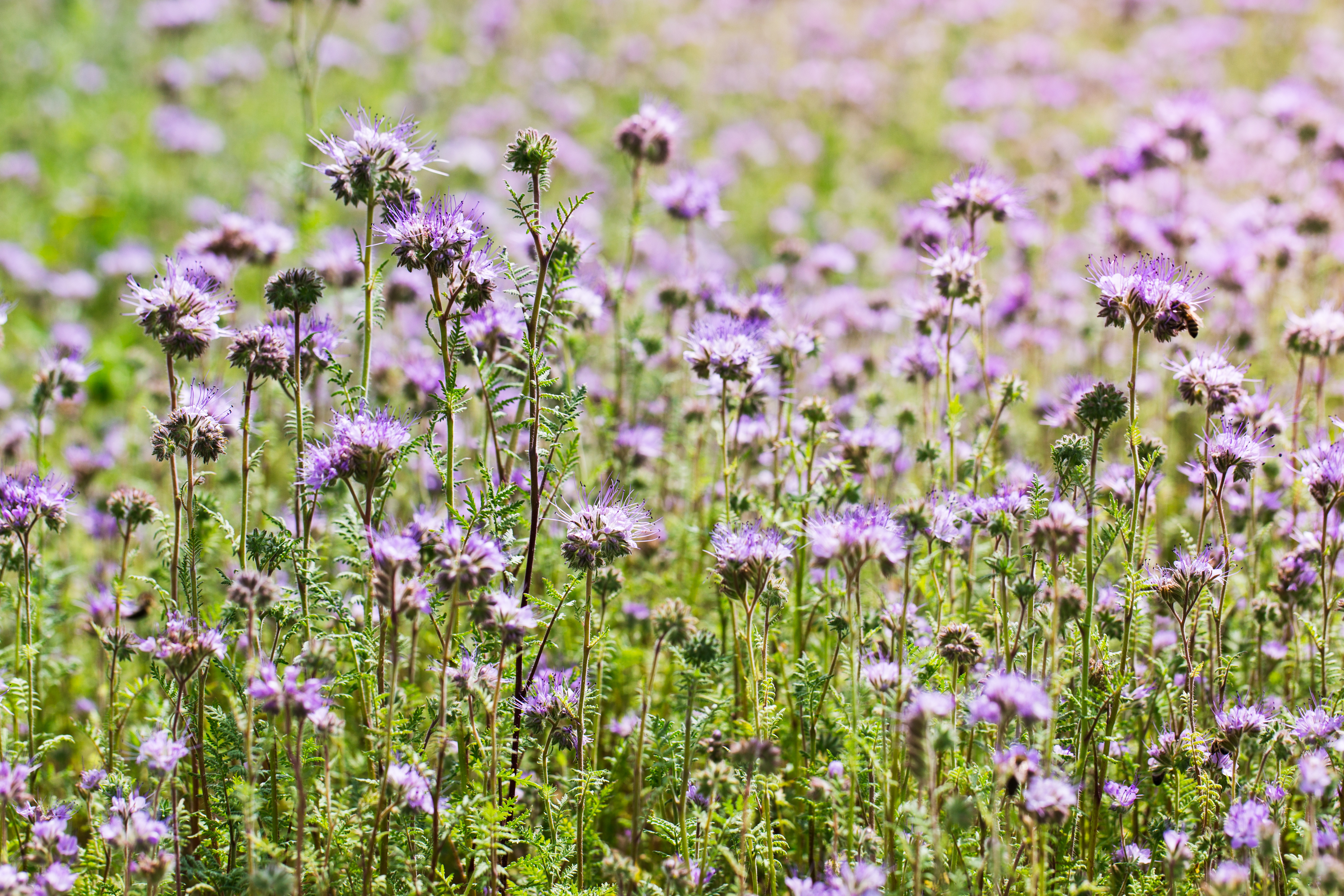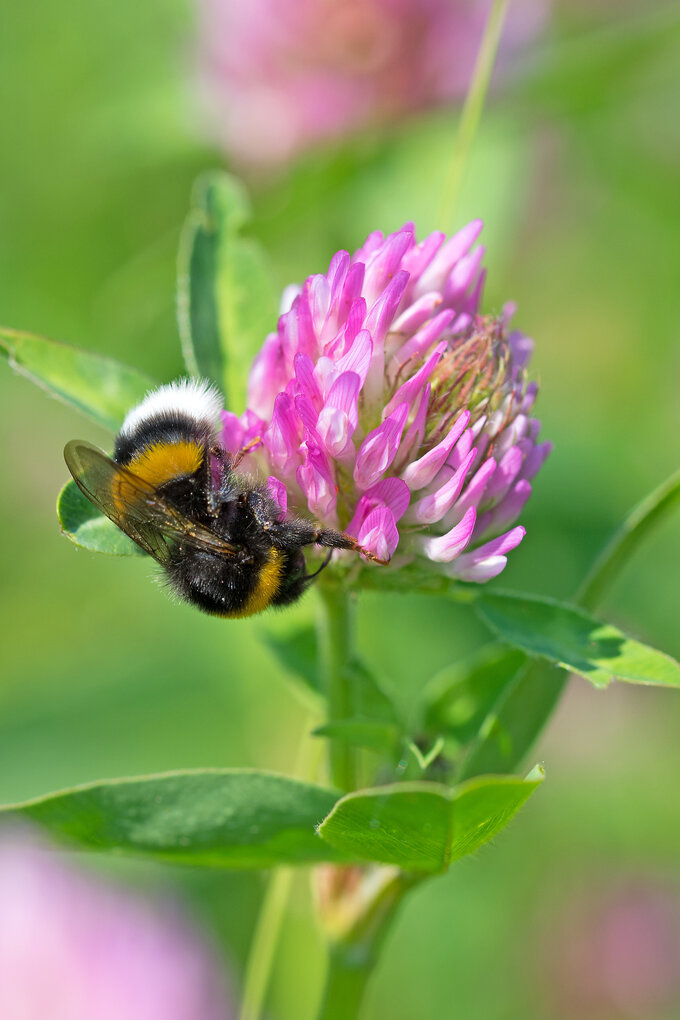In focus: Lacy phacelia
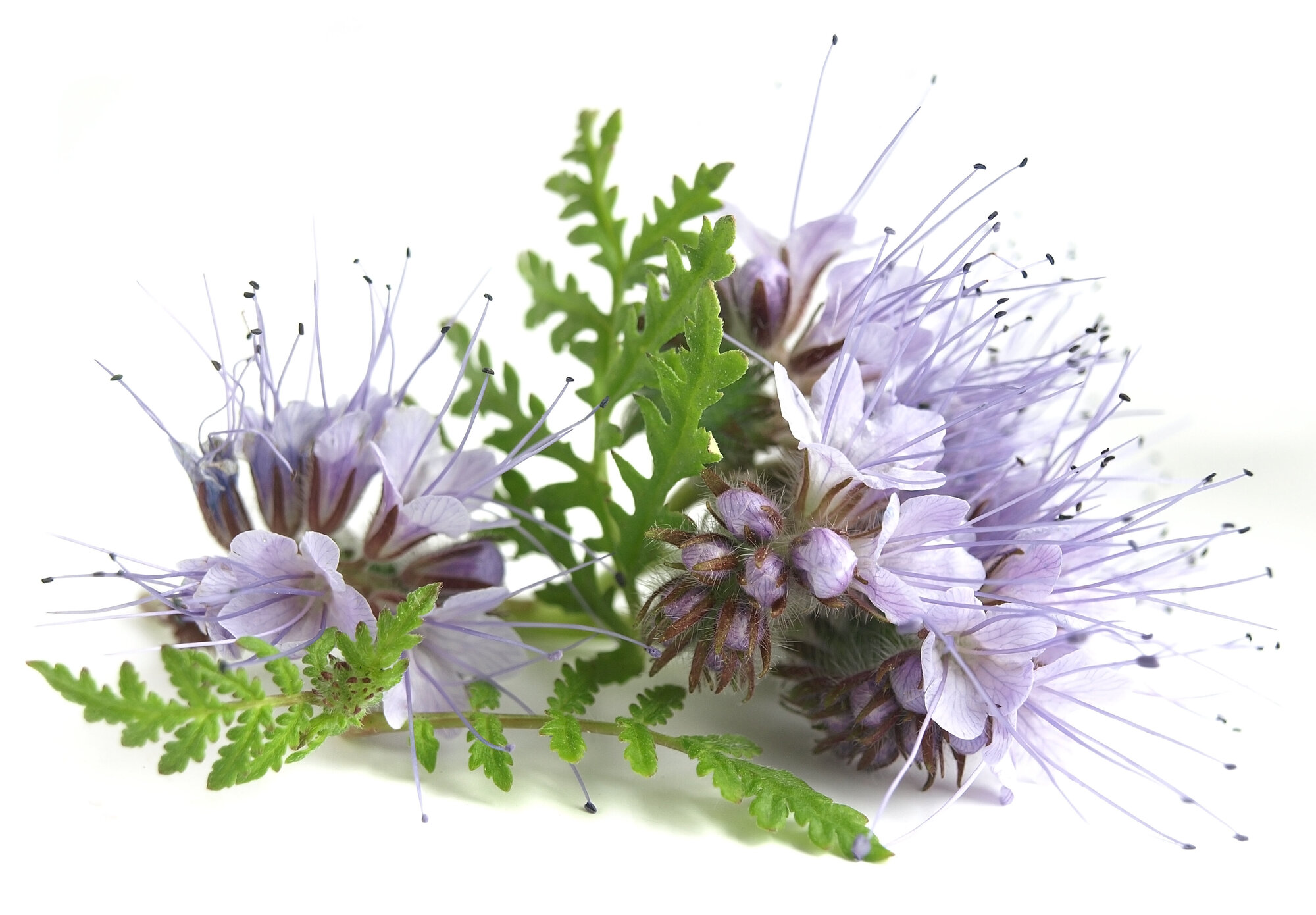
Lacy phacelia
Phacelia tanacetifolia
Other names: Bee pasture, phacelia, blue tansy, purple tansy
| Family: Boraginaceae (borages) | Thousand grain weight: 2 g |
| Subfamily: Hydrophylloideae (waterleaf family) | Plant height: 20-120 cm |
| Genus: Lacy phacelia | Sowing rate: 10-16 kg/ha |
| Species: Lacy phacelia | Number of chromosomes: 2n = 22 |
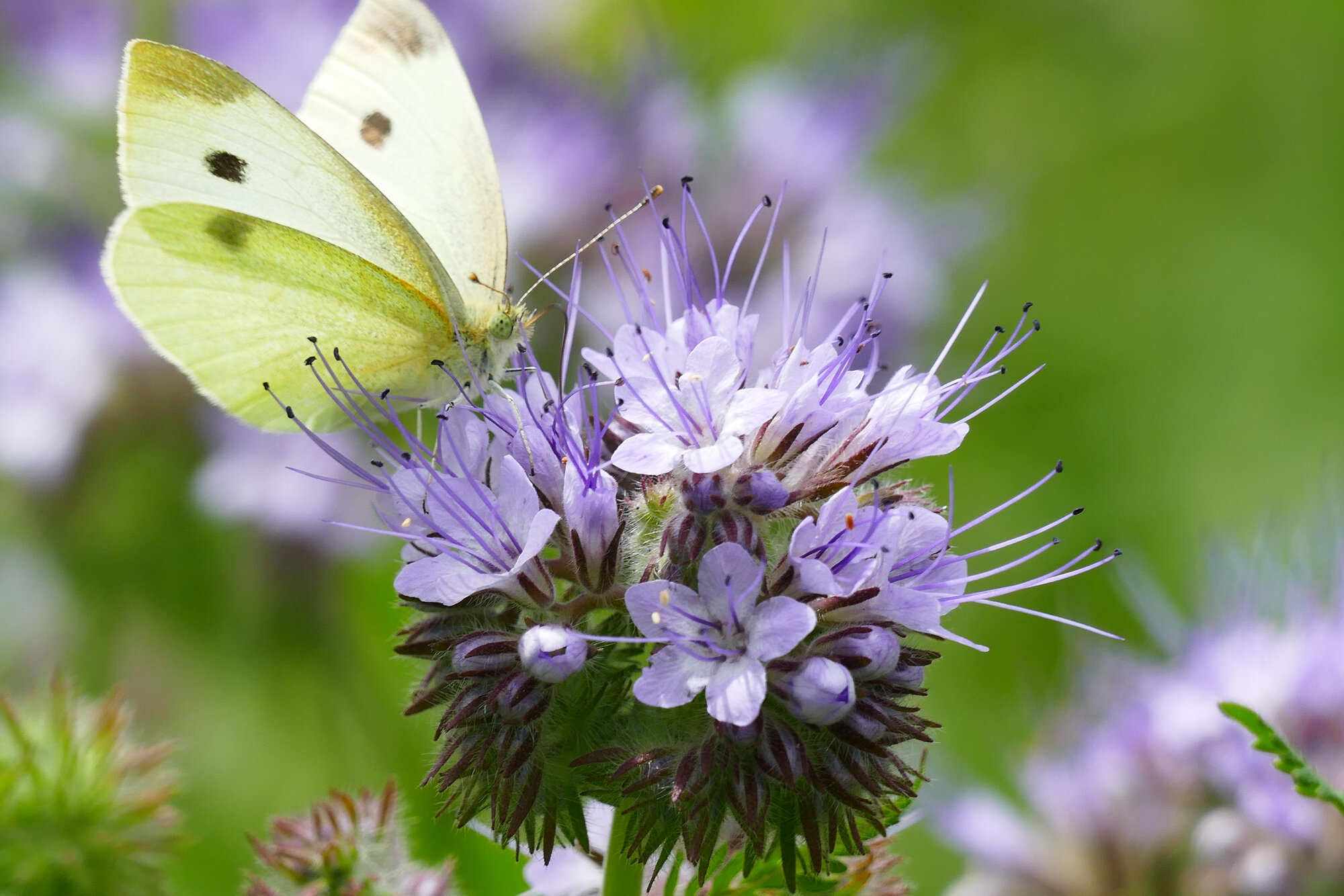
Origin
The Americas are the original home of the genus Phacelia, with various species occurring throughout North and South America. Phacelia has over 200 species, though only a few commercially important species are cultivated.
Phacelia tanacetifolia (lacy phacelia) is the most widely used species in agriculture. Even on this side of the Atlantic, it is possible to find lacy phacelia growing on the sides of roads, fallow fields or gravelly areas. These plants mostly come from spills of agricultural seeds and plants that have been allowed to fruit. Since lacy phacelia is not winter-hardy, it is not considered suitable for covering large areas in Central and Northern Europe. Wild stands tend to disappear quickly.
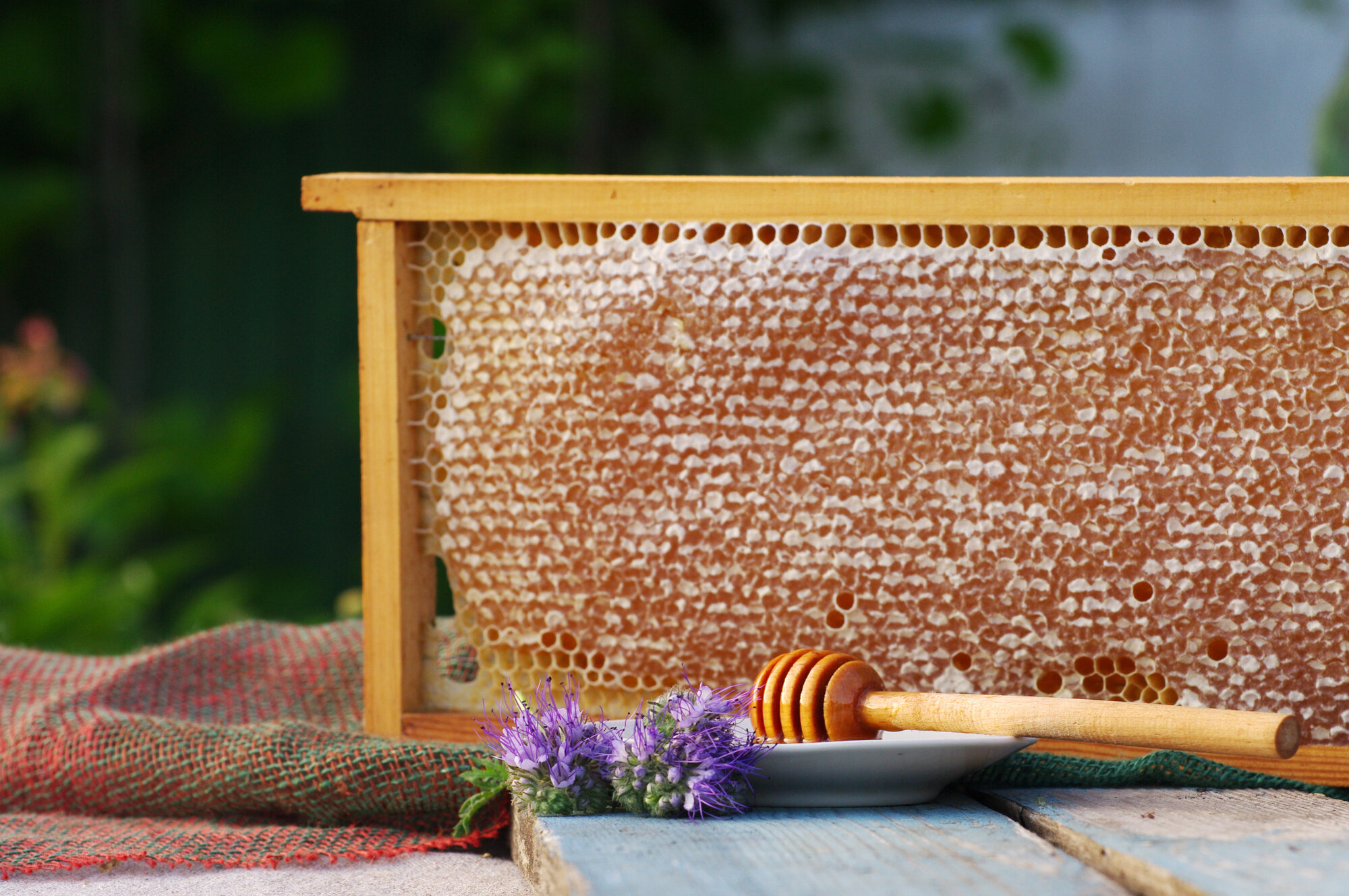
Use
In Central Europe, Phacelia tanacetifolia is commonly sown as bee pasture. It is considered an extremely high-yielding honey plant, whose nectar yields are comparable to those of rapeseed or buckwheat. A large number of honeybees, bumblebees and other insects can always be seen frequenting fields of blooming lacy phacelia in the summer months. If conditions are good, bees can produce up to one litre of honey per year per 20 m² of cultivated area.
Lacy phacelia is also a very good green manure plant. With its dense root system, it effectively takes up the soil’s nutrient stocks, which it delivers to the subsequent crop in an easily available form once it rots. It leaves behind an even topsoil that has been thoroughly penetrated by roots. The slender leaves provide highly effective ground shading and weed suppression. The high amounts of organic material that remain in the soil help maintain or increase soil humus content, and thus the soil’s productivity. All in all, it ensures good soil structure and stable soil fertility. These are the reasons that lacy phacelia is very commonly used in catch crop mixtures.
Since the stands are generally winterkilled at temperatures of under -5°C, subsequent crops that are vulnerable to erosion such as sugar beets can be directly sown in the plant residues using mulch seeding or direct seeding.

